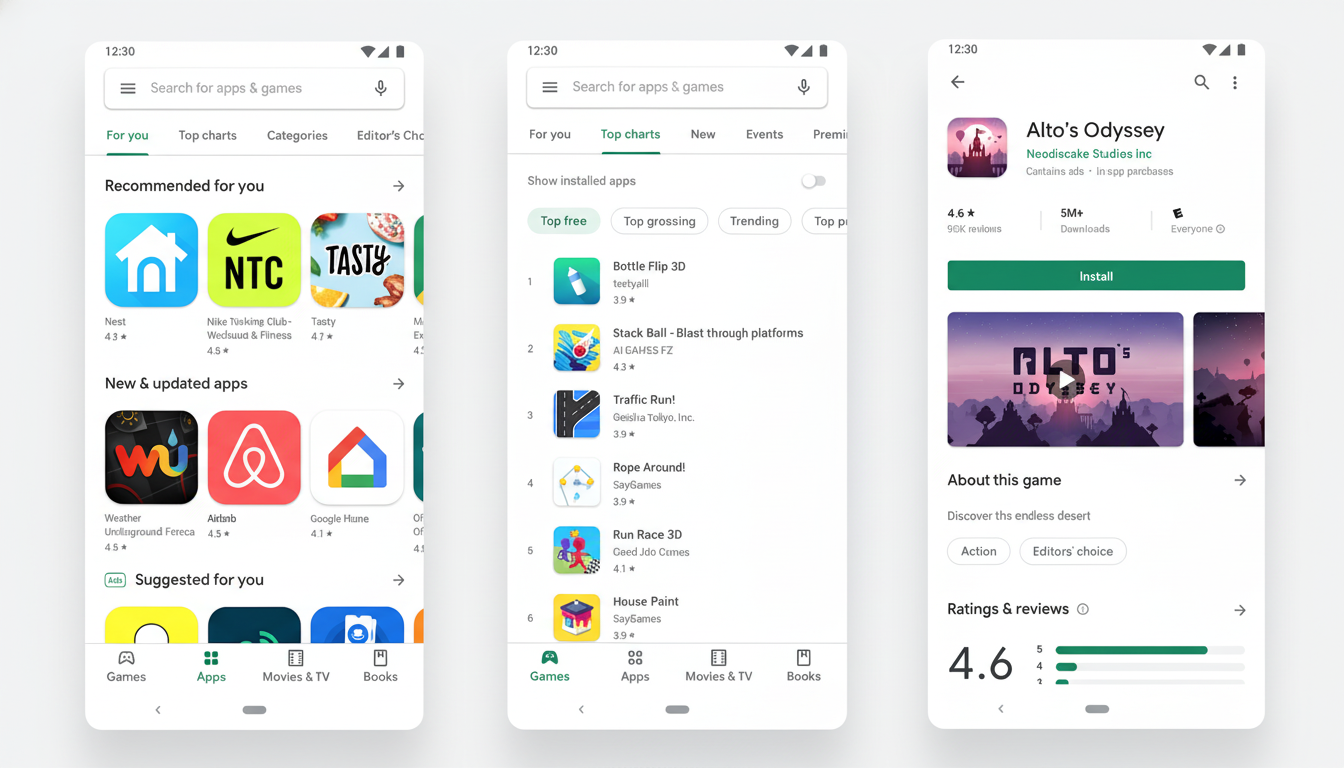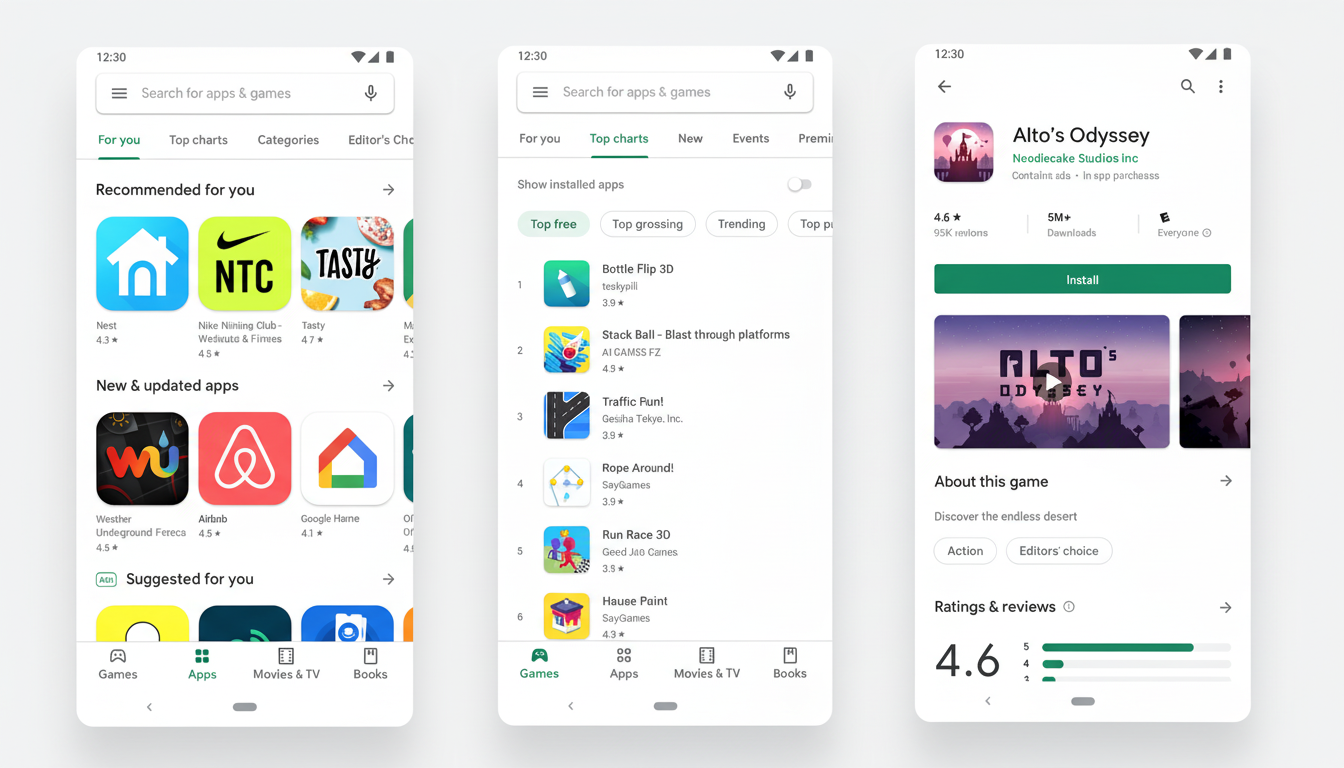Google is silently turning on age verification through the Play Store and users are beginning to see prompts before they can install some apps. The move mimics the AI-powered checks that came to YouTube earlier this year and represents a wider push by Google to gate off mature content, comply with new laws and create consistency in how ages are verified across its ecosystem.
How the age verification prompt appears on Google Play
Chances are the check appears when tapping Install on apps intended for older audiences or that reveal sensitive categories like dating, gambling or explicit content. A pop-up note appears: “Age verification.” Once verified on a Google account, it generally goes away for that sort of download — but if you sign into another device, profile or attempt to access stricter categories, you may see the prompt again.
- How the age verification prompt appears on Google Play
- The forms your age verification can take on Play
- Why Google is introducing age checks on Play now
- Who is seeing the Google Play age checks first
- Privacy and data handling for Google Play age checks
- What users and developers should do to prepare now
- The bigger picture for app store youth safety efforts

The forms your age verification can take on Play
Google says verification is a matter of minutes and offers several paths so you can select the least intrusive method possible that still complies with local regulations. The choices differ from country to country and operator, but can usually range from document submissions, payment checks, automated estimates.
- Government ID upload: You may send a photo of a driver’s license or passport to verify your date of birth. Only the age from the images is extracted and, under Google’s privacy policy, the photos are kept on file for as long as necessary to verify or meet compliance requirements.
- Credit or debit card check: A small temporary authorization verifies that you’re an adult cardholder. This is not a sale and is commonly used for adult age verification in the payments industry. This can be a quicker route if you’ve already saved a card to your Google account.
- Mobile carrier match: In some countries Google pings participating carriers to confirm a subscriber’s general age, using data such as billing records. There’s no browsing history ever shared; the carrier provides either a simple yes/no or an age band to fulfill the gate.
- Face-based age estimation: In addition to borrowing from YouTube’s approach, Google or an authorized partner could provide a privacy-protecting selfie or short video check that estimates a potential user’s age range. If the estimate provided is inaccurate, you’ll be instructed to try another method, such as ID or card verification.
- Family manager approval: For Family Link users under the age of 13 (or the applicable age in your country), or other family members who are supervised with Family Link, a parent can approve purchase requests on Google Play. This leaves parental consent within the context of an existing family instead of a separate identity flow for kids.
Why Google is introducing age checks on Play now
There is growing pressure on platforms to take “reasonable” measures to keep minors from seeing adult material and features. And in the European Union, the Digital Services Act mandates more robust protections for young users. The UK Online Safety Act focuses on proportionate age assurance. In the United States, some states are bringing age-based rules to bear on online services. Google’s system is built to adapt across these regimes — without falling back into a one-size-fits-all approach.
There’s also the market reality: Google Play has more than 2.5 million apps and many use content ratings from the International Age Rating Coalition. It’s also becoming more common for app stores not just to require ratings, but to enforce them when an app is downloaded and adult content or high-risk features are applicable or regulatory conditions have been met.
Who is seeing the Google Play age checks first
The prompts are relatively rare at the moment and clustering around various parts of the US and Europe, but first started popping up around categories that seem most likely to be age-gated. Google is spidering the areas where regulators anticipate positive age verification and where app categories will have a clearer obligation to comply. Anticipate the checks becoming more visible as Google rolls out coverage and tweaks thresholds.

Privacy and data handling for Google Play age checks
Age verification is supposed to be delicate. Google says it’s creating APIs, systems and tools to reduce the amount of data collected in digital ad transactions, to fall back on signals instead of individual identity when possible, and to retain sensitive artifacts from ID — like images — only as long as necessary. And when third-party partners do help out, they only get a minimal set of data to conduct the check and then report back — not an entire profile. If a user decides to accept an age estimate based on facial imagery, his or her image is treated and processed not for the purpose of recognizing the face but rather to determine age in more general terms.
The company’s strategy falls in line with an industrywide shift toward “age assurance” rather than identity verification. Still, trade-offs remain. Apple has also separately warned regulators about the potential dangers in collecting such sensitive documents, while civil society groups continue to push for timelines on when the data can be deleted and public transparency of the error rate.
What users and developers should do to prepare now
People can speed up the wait by verifying or setting up their age in Google account settings beforehand and/or by setting up Family Link for child accounts. If face estimates make you uncomfortable, opt for ID or card verification; if one fails, you can revert to a different method.
Developers also need to verify IARC ratings, classify target audiences correctly and test install flows under the new gate, particularly for apps in sensitive categories. There will be some conversion friction as verification scales; clear storefront messaging and region-aware onboarding can manage this drop-off.
The bigger picture for app store youth safety efforts
App stores are emerging as the front line for policing youth safety in the US, where 95 percent of teenagers say they have a smartphone and 46 percent report being nearly constantly online, according to Pew Research Center. This Google rollout on Play is another win for what should be a routine of fast, consent-based age checks — hopefully striking the right note between safety and privacy, as well as compliance vs. usability. That will make the prompts a new part of the process for installing certain apps, and not merely an edge case.

